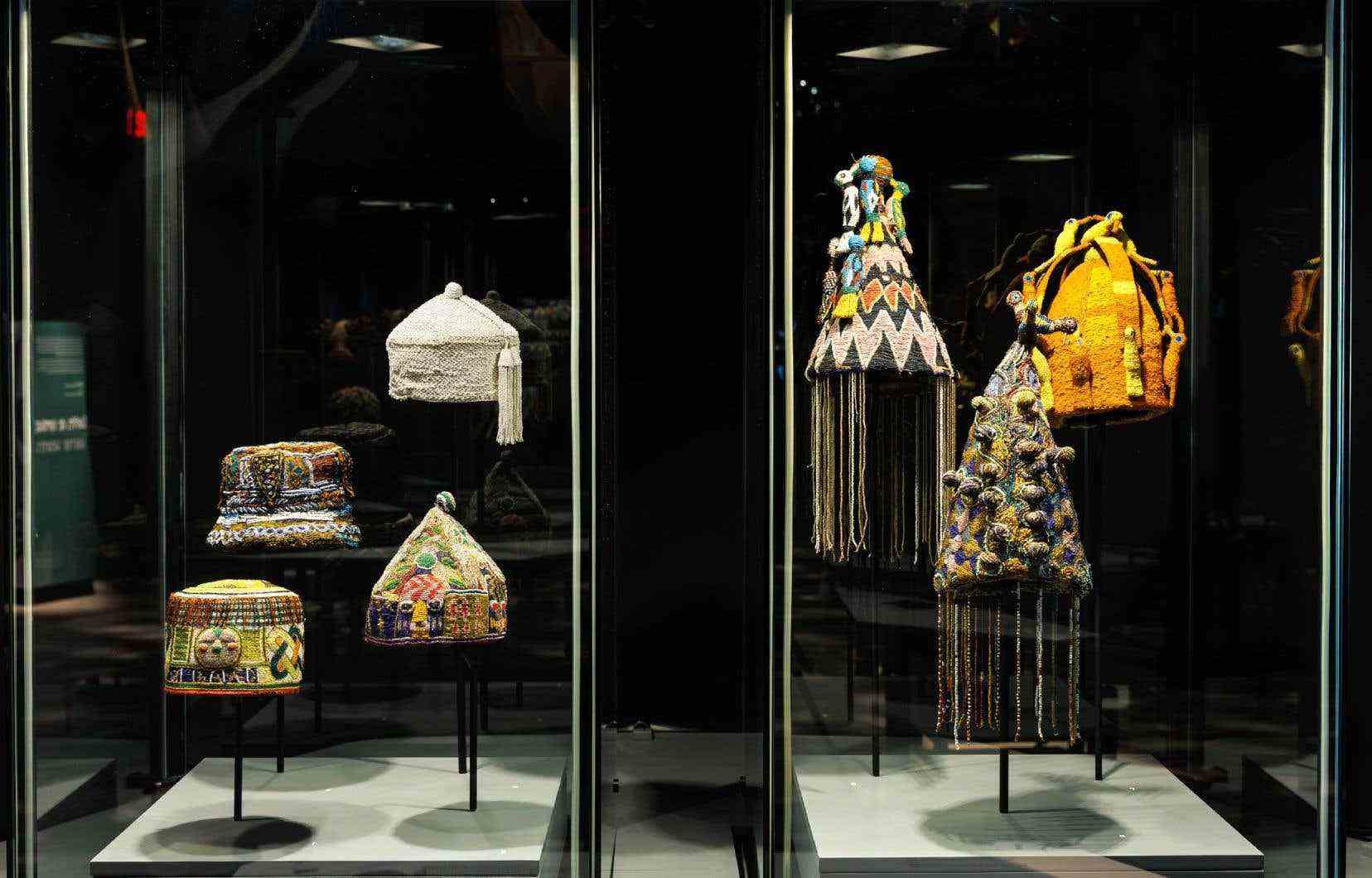They are used to protect against rain or snow. They are used to mark special occasions, to attract or scare away spirits. They serve to express power. The collection of headdresses by Frenchman Antoine de Galbert, presented by the Pointe-à-Callière Museum, is simply fascinating.
With 300 headdresses, all different, from 200 peoples living in 50 countries, the exhibition The world in mind. The Anthony collection of Galbert poses an ethnological look at the use of the hat, excluding the headgear of the Western world.
Specialist in contemporary art, Antoine de Galbert admits, in a recorded interview, having sought, by taking an interest in headdresses, to explore a universe less marked by market value than that of his field of specialty.
Some of the headdresses he acquired required significant investment, others only cost him a few cents. It was shapes, colors, textures and beauty that interested him most.
And these forms, they are extremely variable, from perokgigantic bridal headdress of the bride of Ladakh, so laden with turquoises that the bride sometimes needs two people to help her carry it, to the small Filipino hunter’s helmet which can be transformed into a bowl when the need arises.
Mainly bought in France
Even if they testify to cultures scattered around the world, the majority of these works were in fact purchased in France, explains Antoine de Galbert, who had initially exhibited his collection at La maison rouge, his Parisian exhibition venue. . In 2017, Antoine de Galbert sold his entire collection to the Musée des confluences in Lyon. It is from this collection that the exhibition comes The world in mindof the Pointe-à-Callière Museum.
“Headdress, hat, tiara, crown, skullcap, headband, we really cast a wide net,” says Christine Dufresne, Director of Exhibitions and Technologies and Multimedia at the Pointe-à-Callière Museum. They are all different, but all carry messages. »
The collection is presented through a dozen different themes, by uses and functions. “We tried to make connections with the people who wore them. These are traditional headdresses that are still widely used today,” continues Christine Dufresne. Their uses are obviously extremely varied. There are hats used to protect themselves from the rain as well as headdresses used by shamans to communicate with the spirits, or even headgear associated with certain rites, such as this “circumcised helmet” from the Central African Republic, with which Dakpa boys adorn themselves during a ritual of passage to adulthood.
The course ends with a series of Chinese headdresses made for children, which notably represent various animals and which aim to protect young spirits from evil forces.
heads of chiefs
As we have said, all the headdresses presented in the exhibition are different. And this is particularly interesting when we come to the section intended for the heads of the chiefs. In front of a display of crowns, each more original than the other, including one on which a beaded animal is perched, we learn that each of these headdresses was designed to suit a given chef, and to designate his specific qualities, while evoking supernatural powers. “Headdresses don’t pass from one chef to another,” says Brigitte Lacroix, project manager for the exhibition.
Several of these headdresses, although traditional, are still in use today. The Pointe-à-Callière team likes to point out that many are still worn in different cultural communities in the city of Montreal. She also invites visitors to testify in writing about their experience of hats. Thus a woman says that she misses the very big hats that were worn in the Chinese countryside, in her youth, to work in the fields. They protected from the rain, she says, better than an umbrella, which does not leave both hands free. “If I could wear this type of hat without having all eyes on me, she says, I would wear one without hesitation! »
